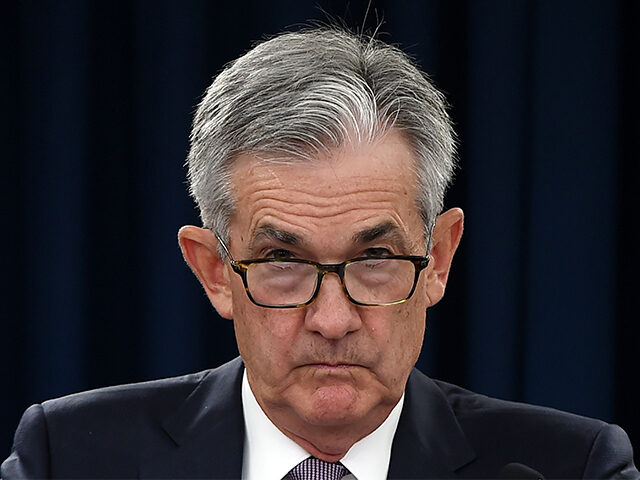Federal Reserve Chairman Jerome Powell made it clear in his remarks on Wednesday that he does not believe that the Federal Reserve is close to the end of its battle against inflation.
“We still have some ways to go,” he said at a press conference following the Fed’s announcement that it would raise its benchmark rate by 50 basis points, the smallest hike since May. In the four meetings beginning in June and through November, the Fed raised rates by 75 basis points.
The updated economic projections of Fed officials reflect this. The median forecast for the benchmark federal-funds rate at the end of 2023 is now 5.1 percent. That’s a big increase from the 4.6 percent projected back in September, the last time the Fed released projections. It’s also above the five percent or so investors were expecting.
In many ways, the Fed’s economic projections have replaced the statement as the document to watch from the meetings. The actual statement announcing the hike was almost unchanged. A few words around the effects of Russia’s invasion of Ukraine were moved but not in a significant way. Those projections, however, really did shift significantly.
It was not just next year’s rate. The path for the following two years was higher as well. The end of 2024 median projection rose to 4.1 percent, up from 2.9 percent. The following year’s projection was raised to 3.1 percent from 2.9 percent. Since the Fed thinks the long-run neutral rate is 3.5 percent, the projections are suggesting that the Fed believes it will still be holding rates at a restrictive level through the end of the year after next.
Powell was quite explicit about this. “Restoring price stability will likely require maintaining a restrictive policy stance for some time,” he said.
The range of forecasts has shifted as well. At the September meeting of the Federal Open Market Committee (FOMC), the range of FOMC participant forecasts for the federal-funds target at the close of 2023 began at 3.9 percent and topped out at 4.9 percent. In the new projections, 4.9 percent is the floor and 5.6 percent the ceiling. Similarly, the September range for end of year in 2024 was 2.6 to 4.6. Now it is 3.1 to 5.6. The top of the range for 2025 has gone up from 4.6 to 5.6 as well.
The so-called “dot plot” is even more striking. Back at the September meeting, 19 officials penciled in their projections for the end of 2023 federal funds rate. None were above five percent. Now 17 are above five percent, with two just below it. That’s a striking sea change in the consensus at the Fed in only a few months.
The Fed is much gloomier about the economy next year, largely because inflation have proven harder to tame than expected. The long-awaited shift away from goods inflation has finally begun, but inflationary pressures are now showing up in services and wages. Powell made it clear that he thinks it will be a harder and longer battle to squeeze inflation out of services than it was goods, in part because services inflation is not driven by mechanical things such as supply chain disruptions.
Economic growth next year is seen as coming in at just 0.5 percent, which is dangerously close to the Fed actually projecting a contraction. When you consider that the projections of Fed officials are more or less the best case scenario for the economy next year, this highlights the risk of a recession. Unemployment is seen as climbing to 4.6 percent by the end of next year, nearly a full percentage point higher than it was in November. It is then projected to stay up at that level through the end of 2024 and only to tick down to 4.5 percent by the end of 2025.
One way to think about this is that the Fed is not just trying to bring down inflation from its recent 40-year high. It is trying to bring inflation down to two percent. Fed officials believe—rightly, in our opinion—that they will be able to bring inflation some of the way down from the most recent six percent Personal Consumption Expenditure level. But it will be that last mile, the last two percent or so, that will be the real test of the Fed’s ability to control inflation. The Fed now appears to see inflation on a long plateau, rather than on a steep decline, after hitting a peak earlier this year.
What about those who say the Fed should move the target up to three percent? Wouldn’t the job of Fed officials be a bit easier if they just let inflation run a little hotter? Powell completely dismissed this idea. For Powell, it is two percent or bust.
“We’re not thinking about it. We’re not considering that. We’re not going to consider it under any circumstances,” Powell said.
Powell’s got the chair of the Fed until at least 2026, and based on this press conference we think that you can probably keep “Fed moves up the inflation target” off your central bank bingo card until then.

COMMENTS
Please let us know if you're having issues with commenting.